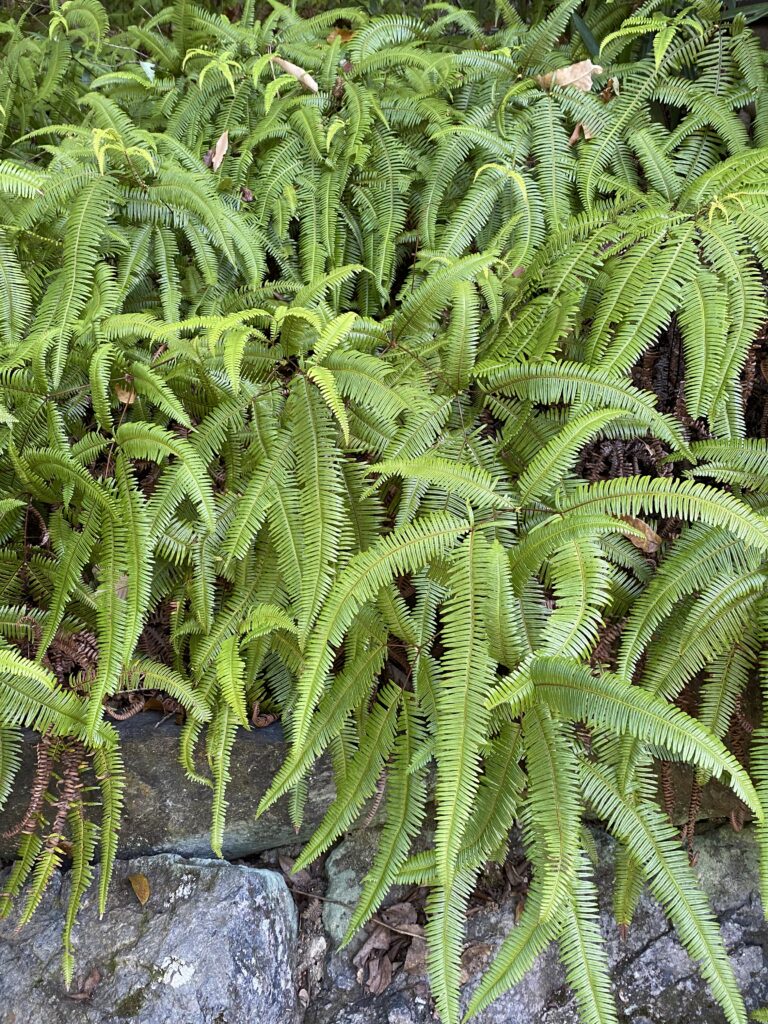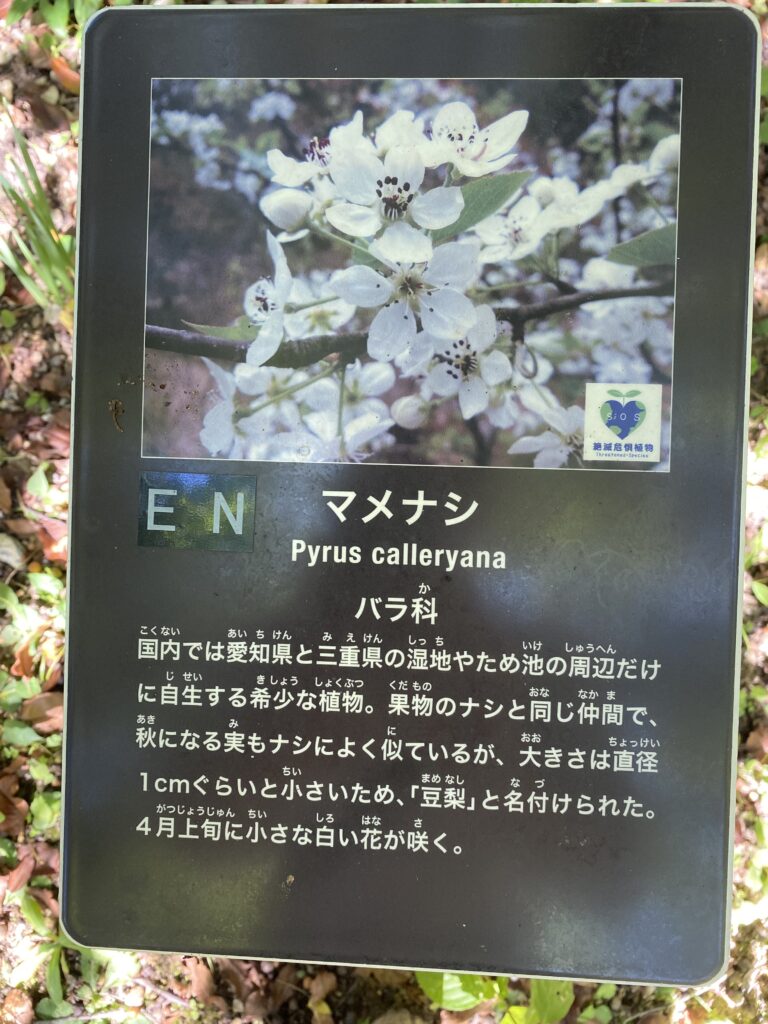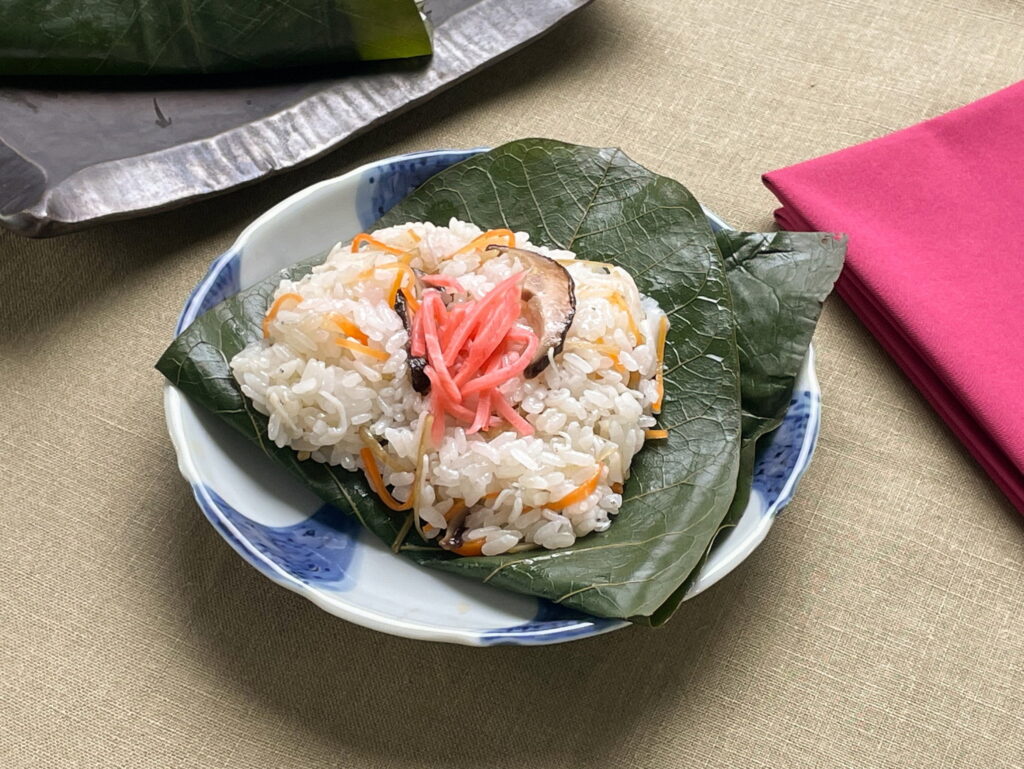Sunday, October 29, 2023
Clear sky
Minimum temperature 12.6 Maximum temperature 22.0°C
Humidity average 36
Sunshine hours 10.5 hours
Average wind speed 4.8 m/s
Once again I visited the Higashiyama Botanical Garden in Nagoya City.
This time, I visited the Higashiyama Botanical Garden in Nagoya, which is located in the central part of Japan, to see how the autumn foliage is progressing, especially in Nagoya. I would like to show you how the plants look like in autumn.

Here we go again! This is Higashiyama Botanical Garden, the pride of Nagoya! How are the plants doing this time?




1.I turn off the main path onto a side road into the woods.
2.Dicranopteris is overgrown. Known as KOSHIDA (small fern) in Japan, it is found in forests and on mountain slopes throughout Japan. Unusually for this type of plant, it likes direct sunlight. It is a beautiful fern plant.
3.Hostas greeted us on a side street. This plant likes semi-shade and is found throughout Japan. It is a great plant for shade gardens and a favorite of Japanese gardeners.
4.Callicapa is a deciduous shrub native to Japan, China, and the Philippines that likes full sun. It is beloved for its beautiful purple berries, which hang in dense clusters on long branches in the fall. It is often grown in gardens to appreciate the berries.



These three flowers are common in Japan. They are often recognized as weeds, but any person has seen them because they grow in the streets as long as there is soil.
5Dandelions are often associated with spring, but they also bloom in autumn.
6 Cayratia japonica (Japanese: Yabugarashi) is a vine found throughout Japan. It prefers sunny places, but as its name “yabugarashi (killer of bush)” suggests, it is highly fertile and can kill other plants.
7 oxalis stricta (Japanese: ottachi-katabami) is not a native Japanese plant. It appeared out of nowhere with the U.S. military occupation after World War II and quickly spread throughout Japan.
This oxialis stricta is a food plant of Pale Grass Blue (Japanese: yamato-shijimi), a small butterfly. Therefore, about 13 butterflies were flying around at this time. At this time, they were perched on Cayratia japonica growing next to it.







8,9 Callary pear (Japanese: mame-nashi) is native to East Asia, but in Japan it grows wild only around wetlands and reservoirs in Aichi and Mie prefectures where Nagoya is located. For this reason, it is listed as an endangered species in Japan.
10,11Zanthoxylum schinifolium (Japanese: Inu-zansho) is one of the Zanthoxylum (sansho zoku). The Japanese word “inu (dog)” means “useless,” and even though it is a member of Zanthoxylum, it has a poor fragrance and is therefore a useless tree. It grows after logging in its native area and at the edge of forests.
12 Lestes barbarus (Japanese: aoito-tombo) is a beautiful dragonfly that lives in slightly dirty water in wetlands. I didn’t see many of these dragonflies when I was a child, so it makes me happy when I see one now and then.
13Wetlands in the forest. The forest is alive. Beautiful!
14Puddle where we found Lestes barbarus. It is hidden deep in the forest. The forest has many faces.






15,16
The leaves of Japanese big-leaf magnolia (Japanese: honoki) are aromatic and disinfectant, and are used to wrap foodstuffs or place foodstuffs on top of them for grilling. The hard wood is also used to make sheaths for Japanese swords.
In my home prefecture of Gifu, hoba sushi and hoba miso are famous.
17 Hoba-sushi
18 Hoba-miso
19This is a view of the forest. Very little grass grows under the trees. Thick piles of leaves completely block the sunlight.
Sunlight in the forest… beautiful and mysterious. You can feel the life in the trees.
20Japanese Sarcandra (Japanese: Senryou/ Kusasango) has long been loved in Japan for its red winter berries, which are used for New Year decorations and flower arrangements. A similar tree is Ardisia (Japanese: Manryou). senryou means 1000 ryou, the old Japanese money, and manryou means 10,000 ryou, as it does not produce as many fruits as Ardisia. The name senryou is derived from the fact that it does not bear as many fruits as Ardisia. I have seen the Japanese Sarcandra planted in gardens and decorated rooms in the countryside many times, so it is a familiar tree to me.






21
Hydrangea serrata (Japanese: Yama-ajisai) is endemic to Japan and Korea. From this variety Hydrangea has been grown for horticultural use. It is very easy to grow in the Japanese environment as it prefers half-shaded, moist areas. In Japan, Hydrangea became popular after World War II when it was planted in Buddhist temples, which are often built in mountains, as it is easy to grow.
Today, breeding has progressed and the brilliant garden varieties of Hydrangea are selling well, while the original species, Hydrangea serrata, is also very popular with a growing momentum to review it.
22The bicolor lespedeza (Japanese: Yamahagi) is found throughout East Asia, but since ancient times the Japanese nobility loved it and often wrote poetry about it. The leaves have completely changed colour.
23,24Amethyst sage (Japanese: Amejisuto- sage) is beautiful. It was planted on a hillside that suddenly emerged from the forest. It iA gorgeous, bathed in sunlight. What is interesting is that it hardly seems to be visited by insects. Have they used insecticides?
25Common cosmos(Japanese:Cosmos)
26Liriope muscari (Japanese: Sama-musukari) is a plant of East and South-East Asia; it flowers from August to October, but the Botanical Garden is slightly colder than Nagoya city centre, so the flowers seem to have finished. How about in your country?



コメント